AUGUSTA — The city is putting its waste to work.
Hatch Hill landfill is nearly ready to start using the methane gas generated by trash buried at the regional facility to power a new generator installed there to create electricity to be fed into the grid. That will generate savings for Augusta’s electric bills.
The $2.4 million system is expected to start generating electricity, likely within a week, once it is fine-tuned and inspected by Central Maine Power to ensure it can feed electricity into the grid safely.
The new system is one of only a few that exist at municipally operated landfills in the country, according to Megan McDevitt, project manager for Woodard and Curran, an engineering firm working on the project for the city.
“It’s a pretty big deal to be a municipally operated gas-to-energy project,” she said. “It’s extremely exciting. I’m anxious to see it switched on.”
The cost of installing the generator and other equipment for the system is expected to be paid back fully by savings it generates in nine years, according to Ralph St. Pierre, Augusta’s finance director and assistant city manager.
The system should be better for the environment, as well, because the landfill has been generating methane gas for years. Years ago, the methane simply escaped into the air; in recent years, it has been collected via an underground system of pipes and burned off by a flare. Now, instead doing that to limit damage to air quality, the methane will be used for generating electricity.
“This will take that fuel and do something useful with it,” said Eli Ladd, owner of Newtility, as he worked to fine-tune the generator engine and the electronic control panel for the new system Tuesday.
The system is expected to generate about 550 kilowatts per hour. It will feed power into the grid, for which Augusta will be compensated by CMP through a credit toward electricity used at city facilities.
The city plans to use that net metering credit to offset electric bills for Hatch Hill, and the nine city buildings that use the most electricity: City Center, Augusta Civic Center, Cony High School, Capital Area Technical Center, two of the city’s four elementary schools, the police station, Lithgow Public Library and Buker Community Center.
Public Works Director Lesley Jones said net metering makes the project financially feasible. In 2008, she said, the city considered installing a system that would take landfill-produced gas directly to city buildings to make electricity for each of them. It was determined, however, such a method would be too costly, in part because of the cost of moving it from the relatively remote Hatch Hill site to one or more city-owned buildings.
After the nine-year payback period, the system will continue to generate savings for the city.
St. Pierre said Hatch Hill is expected to keep producing methane, and thus be capable of producing electricity, at its current levels for 17 to 20 years, and still could produce enough gas to make electricity in smaller quantities for as many as 30 years.
City councilors approved funding to build the system in March. It will be financed by money generated at Hatch Hill, which is owned by the city but accepts waste from several other area municipalities.
A recently completed project will provide the generator with additional methane gas as more gas collection wells and a plastic cover were added to sections of the landfill not being used now.
A new break room for Hatch Hill workers and an office for a supervisor to oversee the system also are being built and nearing completion. St. Pierre said the total cost of work at Hatch Hill, including costs not directly related to the power generation system, is about $3.6 million.
On Tuesday, Ladd and others worked to ready the system to be connected by a breaker to the CMP grid.
A video graphic on the control panel for the system shows how the system works, with gas captured in the landfill and taken — via 1,700 feet of 8-inch underground pipe — to the system near the entrance to the facility. The untreated gas, Ladd said, comes in contaminated with water, metals and other contaminants, and goes through a dehydration skid where the water is separated from the gas. The water is sent to a leachate pond on the landfill site; and the gas, once it reaches the proper temperature, goes into the new large engine to power the generator.
“What we’re trying to do is take a dirty gas and make it cleaner, to make it acceptable fuel for the generator,” Jones said. “Any day now, we’ll be up and running.”
The Pine Tree Landfill, in Hampden, owned by Casella Waste Systems, installed a system to convert trash to energy in 2008.
The state Department of Environmental Protection approved an air quality license for the project in February. The Augusta Planning Board held a public hearing and approved the project Feb. 13, with a condition of approval requiring noise levels to be checked quarterly to make sure noise from the generators does not exceed the limits of the city’s noise ordinance.
Keith Edwards — 621-5647
Send questions/comments to the editors.


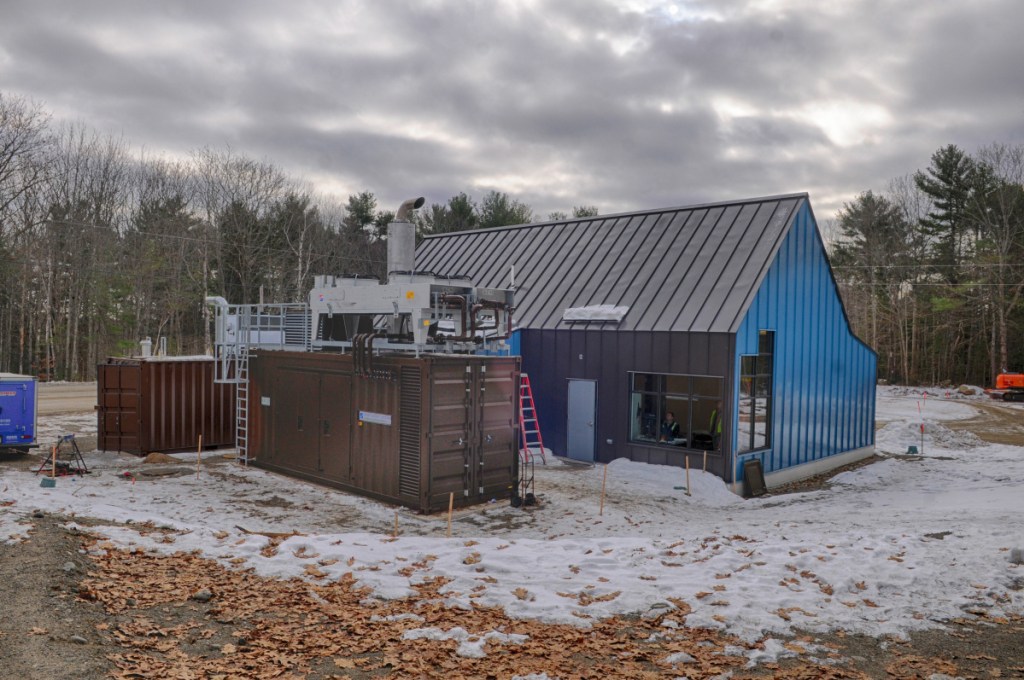
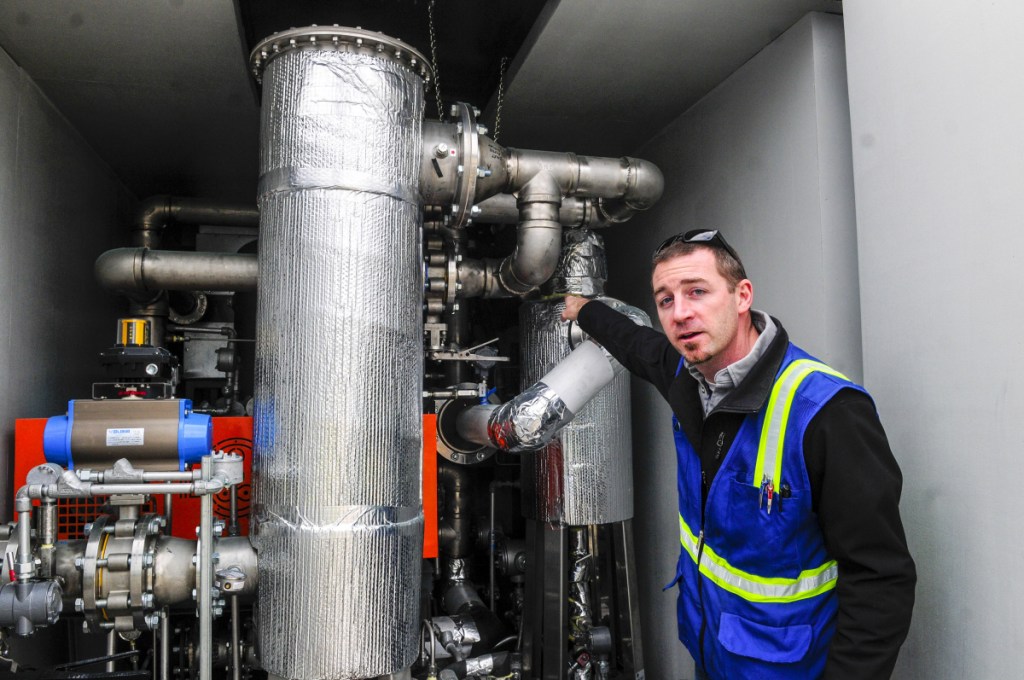
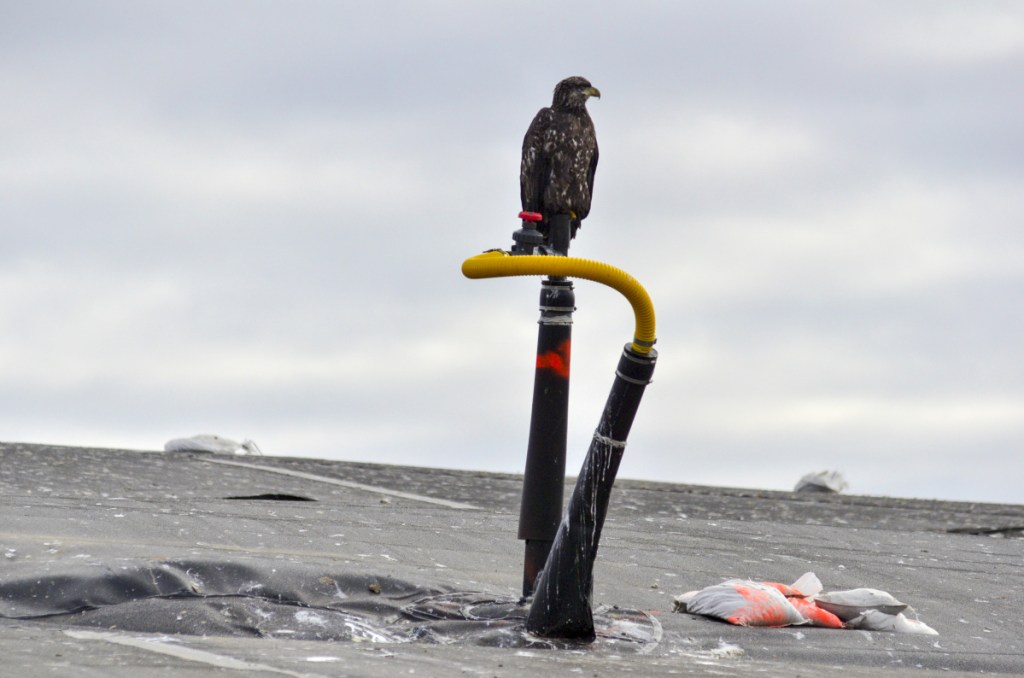
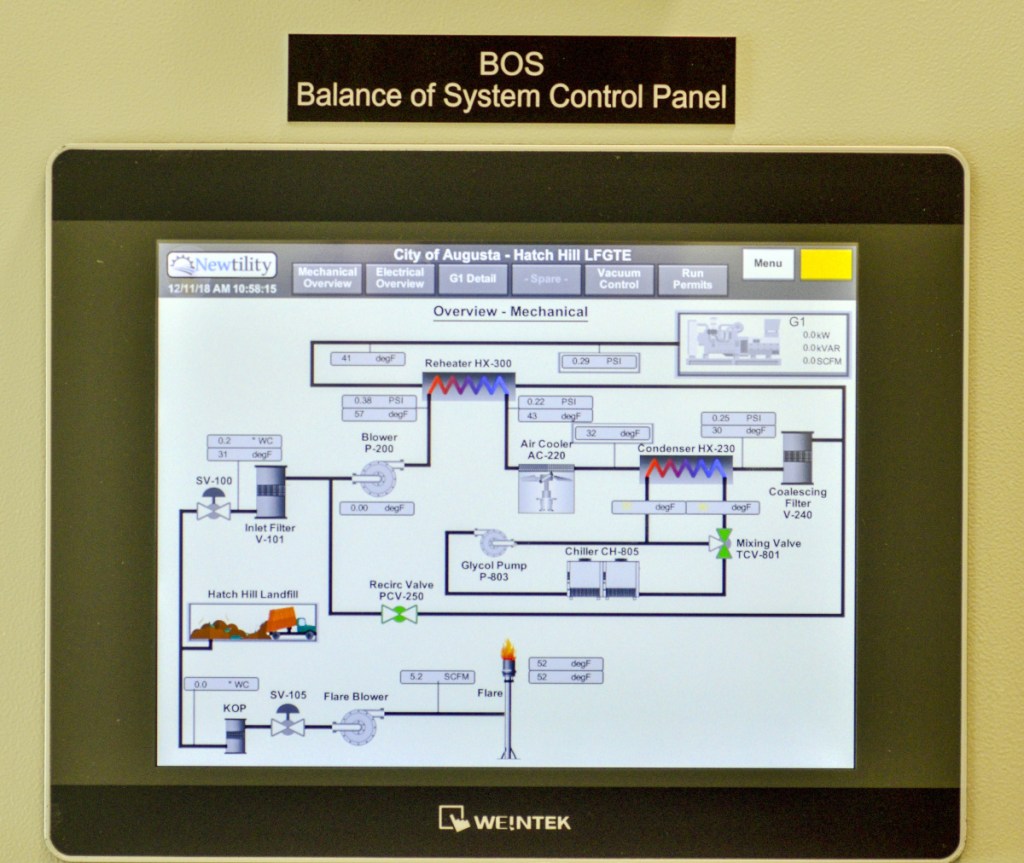
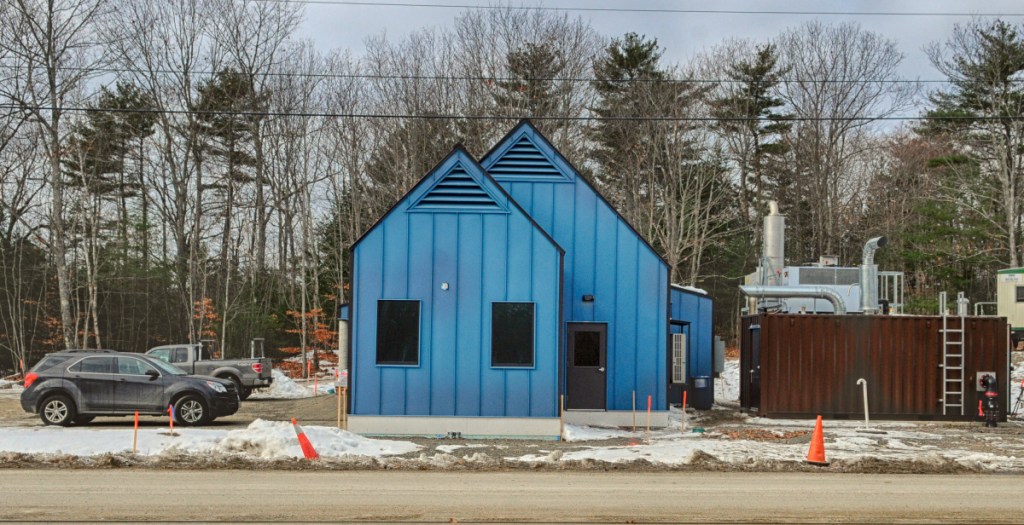
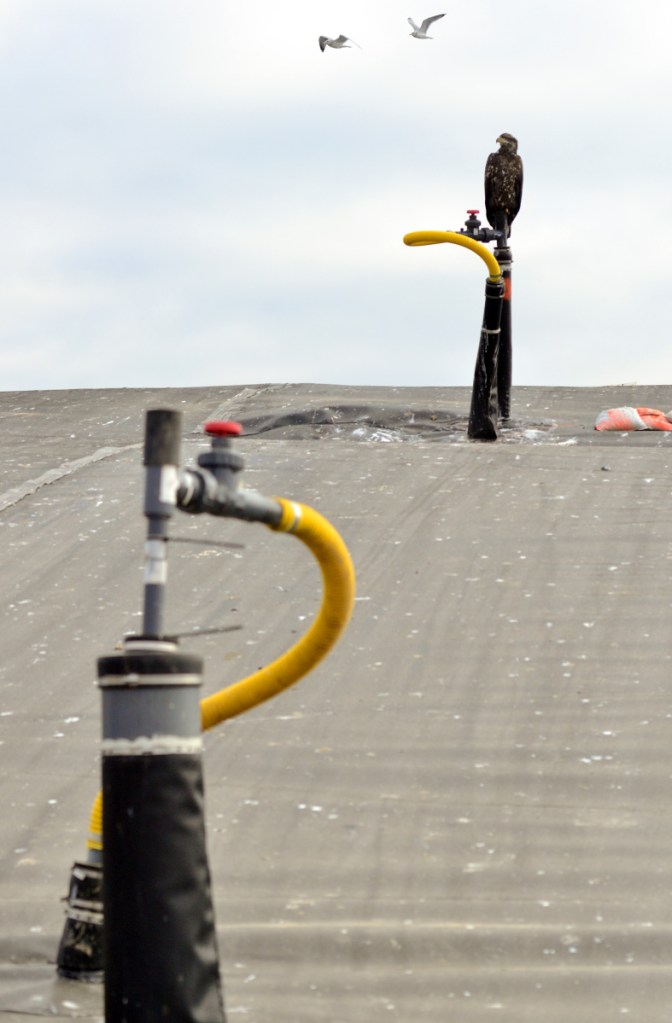

Success. Please wait for the page to reload. If the page does not reload within 5 seconds, please refresh the page.
Enter your email and password to access comments.
Hi, to comment on stories you must . This profile is in addition to your subscription and website login.
Already have a commenting profile? .
Invalid username/password.
Please check your email to confirm and complete your registration.
Only subscribers are eligible to post comments. Please subscribe or login first for digital access. Here’s why.
Use the form below to reset your password. When you've submitted your account email, we will send an email with a reset code.